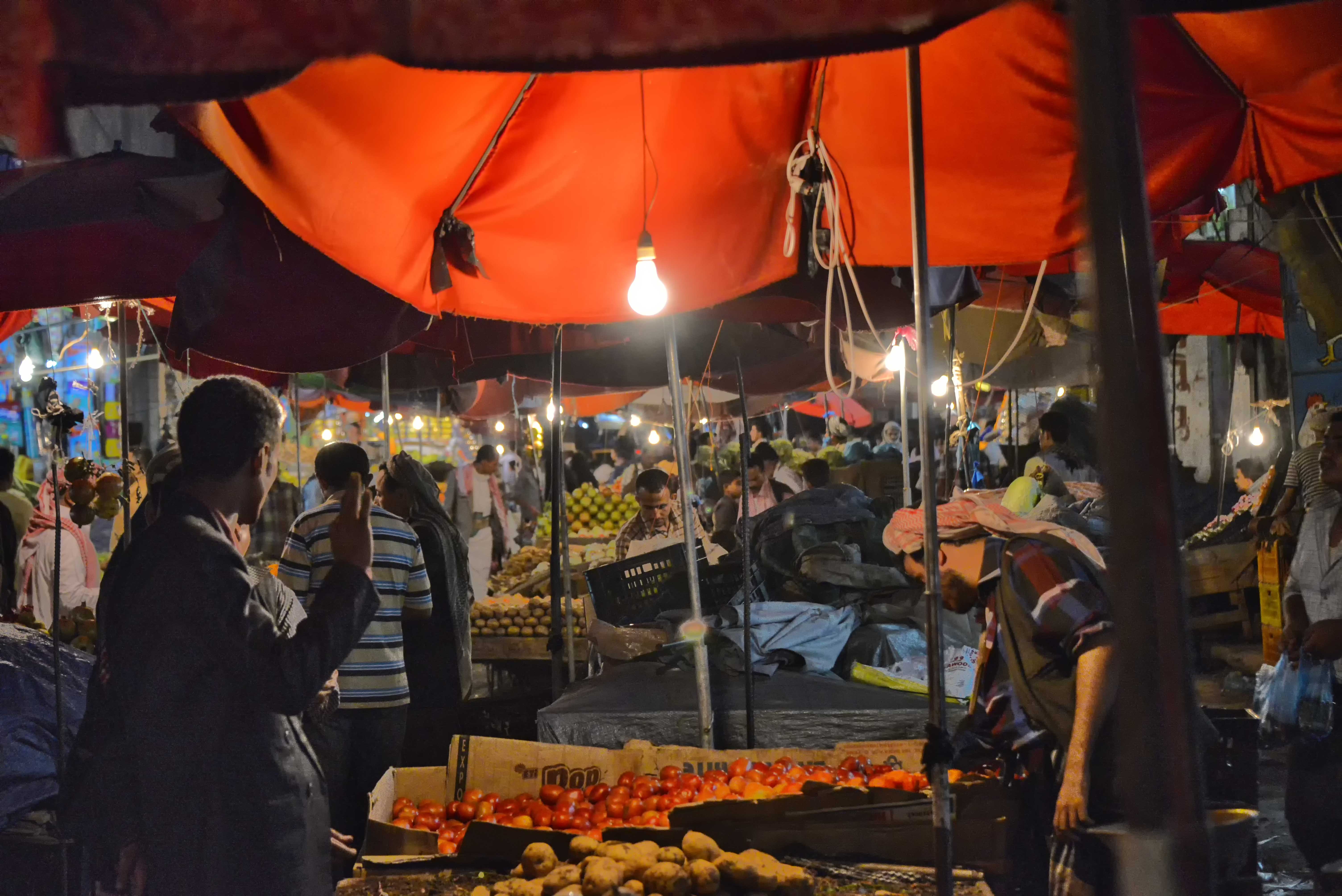
SANAA, Yemen (AP) — Heavy fighting along Yemen’s west coast between pro-government forces and Shiite rebels in recent days has left dozens dead from both sides, Yemeni officials and witnesses said Sunday.
Government forces, backed by a Saudi-led coalition, have been advancing in the area in recent weeks as they battle Iran-allied rebels known as Houthis. The fighting has escalated as government forces try to retake the port city of Hodeida, the main entry point for food in a country teetering on the brink of famine.
The government has been waging an offensive to seize the rebel-held district of Zabid south of Hodeida, the officials said. The offensive is being waged by ground troops carrying sophisticated weapons, including shoulder-fired missiles, with air cover from the Saudi-led coalition, they said.
The fighting to capture Zabid, a UNESCO World Heritage Site, killed dozens from both sides of Yemen’s conflict, now in its fourth year.
The coalition on Sunday targeted rebels in the district of ad-Durayhimi south of Hodeida with airstrikes, killing at least 18 people, the officials said. The rebels, known as the Houthis, were trying to break into ad-Durayhimi, about 20 kilometers (12.5 miles) south of Hodeida International Airport, they said.
The officials spoke on condition of anonymity because they were not authorized to brief the media, while the witnesses did so for fear of reprisals.
Also on Sunday, the coalition said it destroyed missile launch sites in the rebels’ northern home base of Saada province, according to a statement carried by the Saudi state-run al-Ekhbariya TV channel.
The Saudi-led coalition launched the campaign to retake Hodeida in June, with Emirati troops leading the force of government soldiers and irregular militia fighters backing Yemen’s exiled government. Saudi Arabia has provided air support, with targeting guidance and refueling from the United States.
Hodeida, home to 600,000 people, is some 150 kilometers (90 miles) southwest of the capital Sanaa. The campaign to take Hodeida threatens to worsen Yemen’s humanitarian situation as it is the main entry point for food, humanitarian aid and fuel supplies to the country.
Aid groups fear a protracted fight could force a shutdown of the port and potentially tip millions into starvation. Some 70 percent of Yemen’s food enters via the port, as well as the bulk of humanitarian aid and fuel supplies. Around two-thirds of the country’s population of 27 million relies on aid and 8.4 million are at risk of starving.
The Houthis seized control of Sanaa in September 2014, and later pushed south toward the port city of Aden. The Saudi-led coalition entered the conflict in March 2015 and has faced criticism for a campaign of airstrikes that has killed civilians and destroyed hospitals and markets.
The Houthis, meanwhile, have laid land mines, killing and wounding civilians. They have also targeted religious minorities and imprisoned opponents. The stalemate war has killed more than 10,000 people.
Impoverished Yemen has been devastated by the stalemated three-year civil war that has left around two-thirds of Yemen’s population of 27 million relying on aid, and over 8 million at risk of starving.




